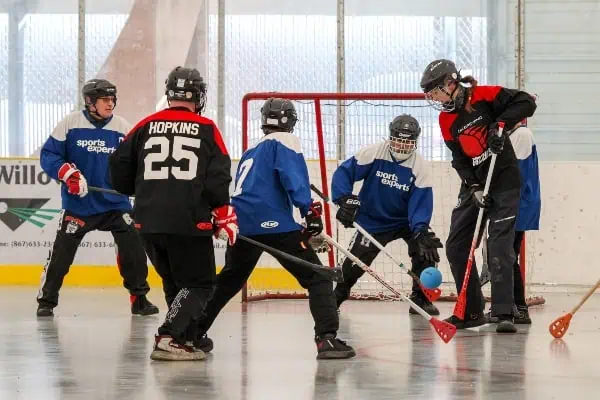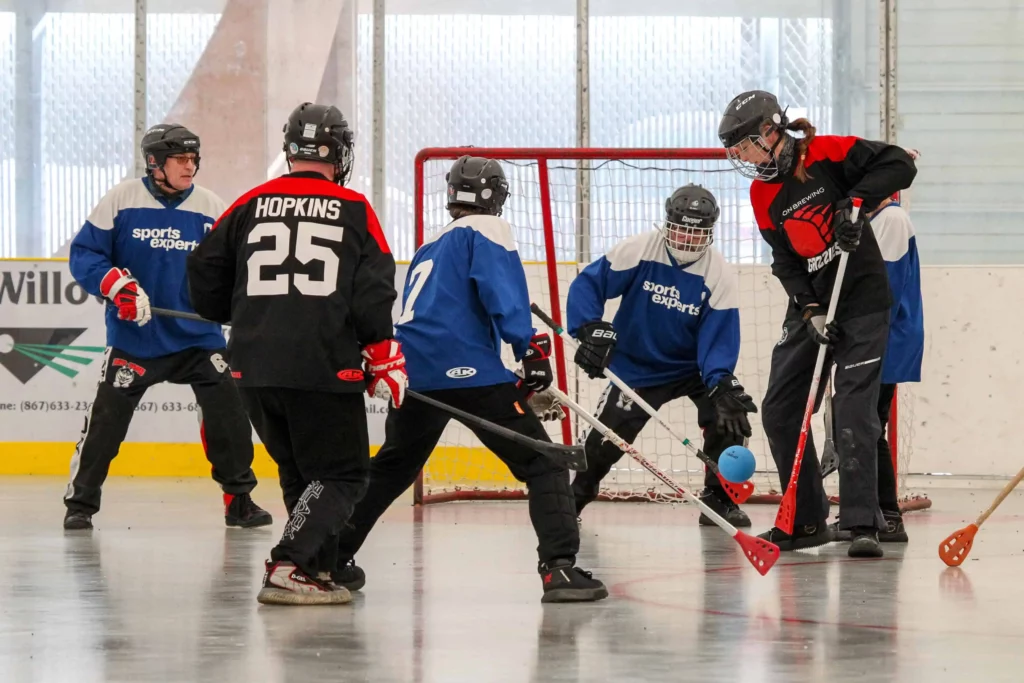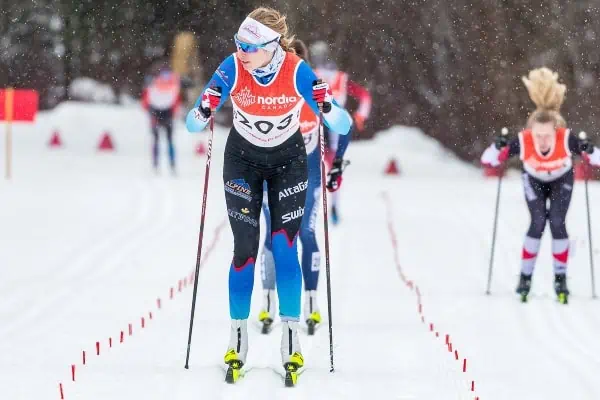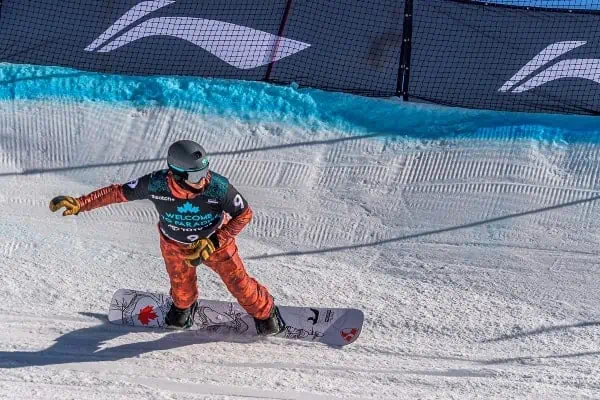Ryan MacGillivray has been sheep hunting for 10 years. Three years ago, he had the idea to start a boot camp for sheep hunters. He did this because he knew the participants in the camp would push him to train harder for the sheep hunting season.
“Well, I wanted people to work out with,” he says. “You push yourself way harder with other people.”
Pushing yourself is essential if you want a successful sheep hunt. Because think about where that animal lives: on the tops and sides of mountains. It can be a full day slog up a mountain, with a 60 pound backpack.
There is no guarantee the sheep you seek will be at the top of that peak. They may be down the side, or a peak over. Or down the side two peaks over. The hunter has to be close enough to ensure the sheep he or she is spotting is regulation. That means belly crawling and bushwhacking, after climbing up and down whichever peaks are between them and the sheep.
MacGillivray designed his fitness camp to ensure a hunter has stamina. “You’ll get to the top of the mountain with more energy and you won’t be too stiff to get out of the tent the next morning,” he says. Because, let’s face it. You may not spot any sheep on the first day.
Last season, MacGillivray “hauled out two sheep and a caribou.”
He didn’t say where.
The younger guys he was with were in worse shape than him. “Last year I participated in all classes for quality control,” he says.
He wanted to make sure they were working. And they were.
The original intent behind MacGillivray’s boot camps, however successful, has nonetheless evolved. It turns out there is a higher demand for a boot camp for hikers. At year three, about 40 per cent of the participants are hunters, and the rest want to get ready for a hiking season. Macgillivray learned that “there’s no one out there training people to climb mountains.”
He’s come up with a name for his camp: Mountain Fitness Conditioning. “If you just throw on a backpack and go on a hike, you’ll hate it,” he says. “If you don’t hurt yourself it will be a miracle.”
Another evolution in the bootcamp is its length. The first year it was only one month, but that’s not enough time to condition people to climb a mountain. This year it will be three months of training, three days a week.
In April there will still be cold and snow, but Macgillivray realized that’s better than July, when no one shows up to class because, “July’s too crazy in the Yukon.”
He realized he had to get Yukoners in shape for their July plans.
The first month of training is to get muscles moving right, and to get your brain firing right. Gradually participants will start adding weight, with the aim of getting people used to carrying 60 pounds for an hour without hurting themselves.
This year, as well, there is an additional class. Taiga. It’s for adults and kids. There are currently three people signed up, and MacGillivray says he’ll take up to 10 adults, each with a child. The other class, Alpine, already has 21 “tentatively signed up.” And that’s as much as he’ll take.
The groups work out up Grey Mountain, where there’s a big hill to practice on. They also do body resistance training – lunges, squats, push ups, airplanes.
This year MacGillivray is adding another new element, something that will show participants their progress. Every Friday the Taiga group will hike up Haekel Hill for 20 minutes, and the Alpine group for 30 minutes. When the 20 or 30 minutes is up, each participant will mark their spot with a number and a specific colour of flagging tape. The following week they’ll do it again, and see how much further they can get. As far as MacGillivray knows, the fastest anyone’s climbed that hill is in 34 minutes. His goal is to have a participant get to the top by the end of the training cycle.
For more information or to sign up for classes, go to www.WickedRam.com. Classes start on April 3 and run to June 28.




